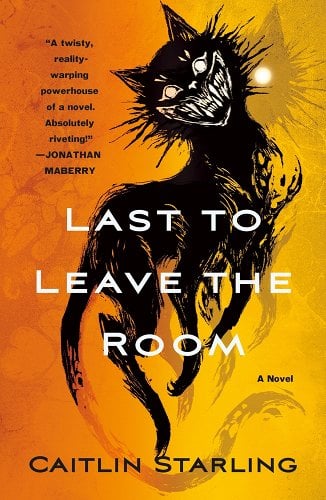The first thing you’ll notice when reading the blurbs for Last to Leave the Room is that every reader seems to think it’s a different genre. Isaac Fellman says it “reads like Shirley Jackson writing an episode of Severance.” Apparently, this is a technothriller sci-fi speculative gothic horror novel, which I can’t say I’ve ever seenRead More
Kayla Bell reviews The Misadventures of an Amateur Naturalist by Ceinwen Langley
Amazon Affiliate Link | Bookshop.org Affiliate Link If you think about it, “Beauty and the Beast” is a fairy tale that can really apply to the queer experience. Being shunned by society, finding love that the people around you view as monstrous, and forming your own life outside of the norm is something that mostRead More
Susan reviews The Lady’s Guide to Celestial Mechanics by Olivia Waite
Olivia Waite’s The Lady’s Guide to Celestial Mechanics is a historical romance that revolves around two queer women creating a space for themselves in art and science. Lucy Muchelney’s lover has just married someone else, and her brother is trying to get her to give up on astronomy; her only recourse is to fling herselfRead More
Allysse reviewed “Song of Bullfrogs, Cry of Geese” by Nicola Griffith
“Song of Bullfrogs, Cry of Geese” is a science-fiction short story set in a world in which a disease – or symptoms as it is named – is weakening the human race, slowly making it die. The story particularly focus on one immunologist, Molly. She lives on her own, recluse, near Atlanta. She is givenRead More
